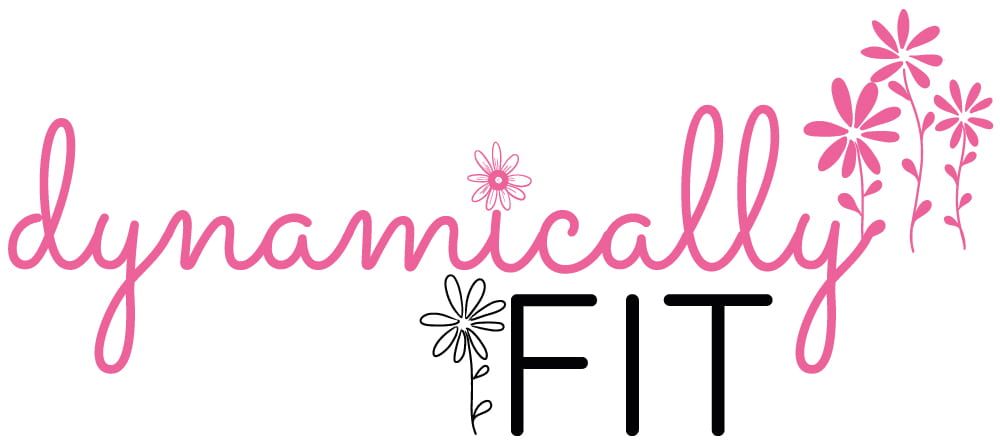Blood pressure and it’s measurement.
Cardiovascular disease is currently the leading cause of death in the world (World Health Organisation [WHO], 2017) and high blood pressure (hypertension), may lead to cardiovascular disease (Wu et al., 2015) thus, the measurement of blood pressure is a pertinent indicator of health. The purpose of this article is to describe blood pressure and how it is measured, explain how lifestyle factors can improve health outcomes, and discuss instances where high blood pressure is a normal physiological response and as such, may not need to be treated medically.
There are two blood pressure readings: systolic and diastolic, and the reading appears as a higher number and a lower number, for example, 120/70 (Beaney, et al., 2018). Systolic blood pressure is the higher number and this relates to the force against the artery wall when the heart contracts, to pump blood to the rest of the body. Diastolic blood pressure is the lower number; the force against the artery wall is reduced when the heart relaxes blood returns to the heart (National Heart Lung and Blood Institute, 2020). If one or both readings are high on multiple occasions, a patient is diagnosed with hypertension (Perloff, et al., 1993).
Lifestyle factors such as poor stress management, diet, and lack of exercise can put a person at greater risk of having hypertension, and improving these factors can reduce blood pressure and in turn, improve overall health (Dickinson, et al., 2006). Blood pressure is considered to be clinically high when there is a reading of or above 140/90 (WHO, 2019). A person with a normal systolic reading but a high diastolic reading, for example, 120/90, would still be diagnosed with hypertension and vice versa. At the point of clinically high blood pressure, the general practitioner may recommend that the patient should receive medication to lower their blood pressure and it is often recommended that an individual makes changes to lifestyle factors either alongside medication or instead of taking medication (Ioannidis, 2018).
There are occasions where high blood pressure occurs without the necessity of a diagnosed pathology, such as white-coat hypertension (WCH). WCH relates to individuals who become anxious prior to an examination. Anxiety causes blood pressure to rise to a level above which is abnormal for those individuals (Pickering, et al., 1988). However, research suggests that a susceptible patient may be at greater risk of cardiovascular disease (Cohen, et al., 2019) due to their overreaction to minimal stress and in these cases, it would be prudent to discuss with the patient, how they are managing their stress. After the acute stress has ceased, blood pressure returns to normal levels thus medicating may be unnecessary and could be detrimental (REF).
Blood pressure is an exceptionally important measure of health but it can be well managed by improving lifestyle aspects such as keeping fit, following a healthy diet, and managing stress. Whilst there are instances where high blood pressure is a normal response, with cardiovascular disease being so highly prevalent, any note of hypertension must be taken seriously. Regular blood pressure testing, therefore, should be high on the priority list of every individual.
Demonstration of a blood pressure test.
References
Beaney, T., Schutte, A., Tomaszewski, M., Ariti, C., Burrell, L., Castillo, R., Charchar, F., Damasceno, A., Kruger, R., Lackland, D., Nilsson, P., Prabhakaran, D., Ramirez, A., Schlaich, M., Wang, J., Weber, M., & Poulter, N. (2018). May Measurement Month 2017: an analysis of blood pressure screening results worldwide. The Lancet Global Health, 6(7), e736-e743. https://doi.org/10.1016/S2214-109X(18)30259-6
Cohen, J, Lotito, M., Trivedi, U., Denker, M., Cohen, D., & Townsend, R. (2019). Cardiovascular events and mortality in white coat hypertension: a systematic review and meta-analysis. Annals of internal medicine, 170(12), 853-862. https://doi.org/10.7326/M19-022310.1097/HJH.0000000000001226
Dickinson, H., Mason, J., Nicolson, D., Campbell, F., Beyer, F., Cook, J., Williams, B., & Ford, G. (2006). Lifestyle interventions to reduce raised blood pressure: a systematic review of randomized controlled trials. Journal of hypertension, 24(2), 215-233. 10.1097/01.hjh.0000199800.72563.26
Draper., N, & Marshall, H. (2013). Exercise physiology for health and sports performance. Pearson Education.
Ioannidis, J. (2018). Diagnosis and treatment of hypertension in the 2017 ACC/AHA guidelines and in the real world. Jama, 319(2), 115-116. 10.1001/jama.2017.19672
Perloff, D., Grim, C., Flack, J., Frohlich, E., Hill, M., McDonald, M., & Morgenstern, B (1993). Human blood pressure determination by sphygmomanometry. Circulation, 88(5), 2460-2470. https://doi.org/10.1161/01.CIR.88.5.2460
Pickering, T., James, G., Boddie, C., Harshfield, G., Blank, S., & Laragh, J. (1988). How common is white coat hypertension?. Jama, 259(2), 225-228. 10.1001/jama.1988.03720020027031
World Health Organisation. (2017, May 17). Cardiovascular diseases (CVDs). https://www.who.int/en/news-room/fact-sheets/detail/cardiovascular-diseases-(cvds)
World Health Organisation. (2019, September 13). Hypertension. https://www.who.int/news-room/fact-sheets/detail/hypertension
Wu, C.-Y., Hu, H-Y., Chou, Y-J., Huang, N., Chou, Y-C., & Li, C-P (2015). High Blood Pressure and All-Cause and Cardiovascular Disease Mortalities in Community-Dwelling Older Adults. Medicine, 94(47), e2160. https://doi.org/10.1097/MD.0000000000002160
